
Volkswagen Golf Hatchback (2013-2020) review
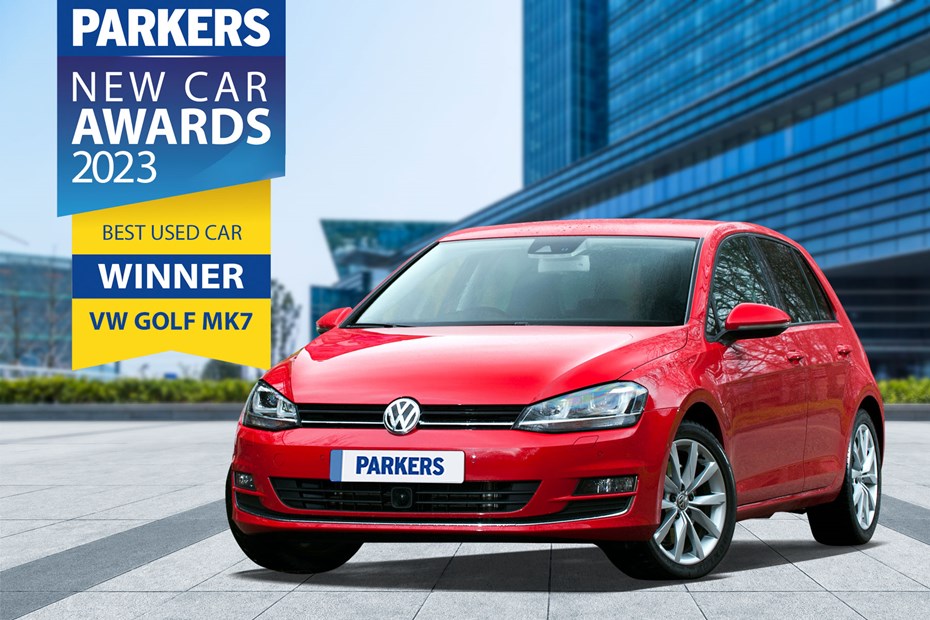
At a glance
| Price new | £17,625 - £37,300 |
|---|---|
| Used prices | £2,632 - £27,050 |
| Road tax cost | £20 - £345 |
| Insurance group | 7 - 39 |
Get an insurance quote with

|
|
| Fuel economy | 32.5 - 58.9 mpg |
| Range | 385 - 913 miles |
| Miles per pound | 4.8 - 7.5 |
| Number of doors | 3 - 5 |
| View full specs for a specific version | |
Available fuel types
Petrol
Diesel
Hybrid
Pros & cons
- Spacious and high-quality interior
- Large range of engines available
- GTI and R provide thrills
- Styling is a little dull on some models
- Optional extras can be pricey
- Growing range of strong competition
Volkswagen Golf Hatchback (13-20) rivals
Overview
For 2013, the Volkswagen Golf Mk7 was the result of a newer approach from its maker. The firm went to great lengths to make the car more cost efficient to produce while adding the latest technology. Features like adaptive cruise control and an electronic parking brake certainly set it apart from its early rivals, and make it and excellent used car today.
The Golf Mk7 faced competition from the Ford Focus and the Vauxhall Astra primarily, but also the Honda Civic, Hyundai i30, Kia Ceed, Mazda 3, Toyota Corolla, Peugeot 308 and Renault Megane. Additionally, there were in-house rivals in the forms of the SEAT Leon and Skoda Octavia, while those pricier Golfs found themselves being compared with the Audi A3 Sportback, as well as the more premium BMW 1 Series, Lexus CT and Mercedes-Benz A-Class. And it saw them all off. Impressive.
The Volkswagen Golf has always been held in high regard on the used car market. There are plenty of examples on the market to choose from with a wide range of engine options and trim. Front seat comfort is one of the high points of the Golf’s appeal, but build quality is also good and the mechanicals have proved themselves reliable. Bought correctly and serviced properly, the Golf will rattle off monumental mileages.
However, they aren’t without their problems. Thankfully, most of the early issues were sorted out during production, but rogue cars are still out there.
VW Golf Mk7 known faults and common problems
Buying guide – common issues, and what to look for if you’re looking at getting one.
1. KNOCKING FRONT SUSPENSION
Keep an ear open for thumping or clunking from the front suspension. Hard used or ultra-high mileage cars can wear out their wishbone bushes, suspension strut bearings and anti-roll bar drop linkages. This makes the handling a little wayward, causes uneven tyre wear and will give the new owner an expensive MOT bill if the car has a short test.
2. TIMING CHAIN RATTLES (TSI ENGINES)
Early cars can suffer from stretched timing chains which, in the worst case scenario, will completely destroy the engine. Most cars were quickly fixed under warranty as VW was made aware of the issue early and was very proactive in sorting it out. If the car makes a chattering or zinging sound from a cold start that goes away in a second or two, walk away as the chain has stretched or the chain guides have worn. It’s also worth bearing in mind that incorrect oil grades will bring the same trouble, even on later improved cars, so check the service history for quality.
3. SPONGY OR WALLOWY RIDE
The Golf should have sharp handling with a comfortable yet slightly firm ride quality. If the car feels sloppy at speed you could be looking at tired dampers. The tell-tale sign they’re past their best is weeping oil from the struts that can be seen and felt. Trade cars often have the inner wheel arches jet washed to perfection to hide the issue from customers, so apply extra caution if the car seems as shiny underneath as it does on the body.
4. SLOW-TO-REACT HANDBRAKE
Exercise caution if the electronic parking brake doesn’t release immediately when pulling away or if the hill hold assist function isn’t operating. This is more common on cars that have not had main dealer or brand specialist servicing – and the fix could be something as simple and cheap as a software update. If your potential purchase is showing similar symptoms, use the problem as a bartering lever to get some cash knocked off, especially if you’re buying from a private seller.
5. FOGGING HEADLIGHT LENSES
The Volkswagen Golf’s acrylic lenses are prone to UV light damage and can go cloudy. The issue can also be caused by the chemicals used by hand car wash operations too. You can buy headlamp restoration kits to polish out the fogging, but you can’t always get perfect results. In that instance, you’ll gave to find a set of replacement headlamp units, which can be expensive.
6. CHECK SERVICE HISTORY
To get the very best from a Golf, it needs quality servicing. If the car is an ex-fleet vehicle running on VW’s ‘extended service interval,’ it’s of paramount importance that the correct oil and coolant has been used from day one. Check the car’s service history very carefully and walk away from anything that’s been solely attended to by fast-fit centres unless you can be assured of the quality, especially if the asking price is strong.
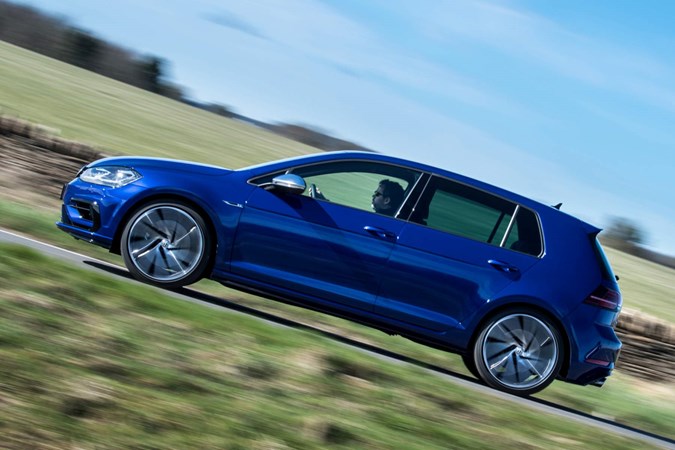
7. ADAPTIVE CRUISE CONTROL
Be sure to check the ADC system works properly. It’s a brilliant bit of kit that works amazingly well, even by today’s standards. But it needs to work correctly. If the system doesn’t work at all, it may be hiding previous accident damage where the bumper has been replaced but the sensor unit hasn’t. Ignore cars that have this fault as it’s potentially expensive to put right.
8. SMELLY INTERIOR
Early cars could suffer from water ingress through the front doors. Have a good feel of the carpets close to the sills for damp patches. Also, check for front speaker distortion that can also point towards damp or water damage. If there is a strong mouldy smell on cars from 2013 to 2015 this points towards it. The fault is caused by the speaker housing being cracked at manufacture. Normally the cure involves replacing both front speakers and housings.
9. CLUTCH AND TRANSMISSION
Listen out for chattering dual mass flywheels on manual cars. To check for the problem, rest your foot on the clutch slightly when idling in neutral. If you can feel a rhythmic pulse through your foot, you’re looking at a clutch and flywheel change. Accept nothing but a smooth and precise gear change action. The automatic DSG gearbox, especially on the 2.0GTD is a cracking drive but requires periodic fluid changes to keep it working correctly. Jerky changes or a surging feeling on light throttle signals problems that may be seriously expensive to repair.
10. SMELL OF FUEL (TDI ENGINES)
If you can smell a diesel leak under the bonnet, there’s a strong possibility the fuel filter valve has cracked with heat. Either that, or the sediment drain screw on the bottom of the filter has started to work loose. Both problems are simple to fix and replacement valves are readily available over the counter or on-line.
What’s it like inside?
With the Golf Mk7, it’s all about quality and clarity and almost every component smacks of it. From the clear and easy-to-read instruments through to the high-quality colour LCD displays and the neatly laid out switchgear, everything is incredibly intuitive and simple-to-use.
It’s also worth noting that an optional 9.2-inch touchscreen became available in 2017 featuring a glass front and super-sensitive display, as well as a powerful processor and gesture control alongside a vast suite of apps. This system should be right at the cutting edge of infotainment systems, but a lack of physical buttons hampers its usability. Cheaper systems, with a pair of rotary knobs, are much easier to use on the move.
The quality of materials used elsewhere in the cabin are exemplary. Soft touch plastics dominate, with less glitzy finishes found only where the hand is less likely to stray – otherwise every other contact point feels reassuringly more expensive than the car’s list price would suggest.
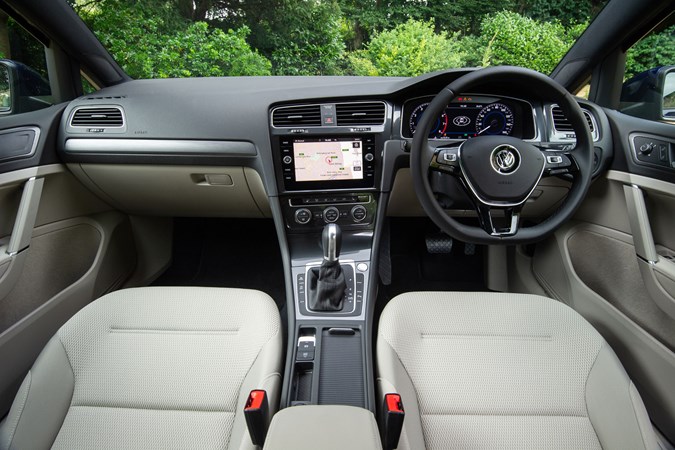
Comfort
Comfort is one of the Volkswagen Golf Mk7’s hallmarks. The seats, be they the standard variety, the ErgoComfort ones or the sports numbers support you very well, with a wide range of adjustment to obtain a fine seating position.
Those sports seats in particular perform a neat trick of feeling properly figure-hugging, but with enough support and comfort to take the pain out of longer journeys.
Of primary note should be the ride quality, which even on the larger alloy wheels and sports suspension is better than other family hatchbacks. No matter what is thrown at the dampers, they soak up imperfections, no matter how sharp, short, extreme or gradual with instant response and assured reactions.
Models fitted with the optional Adaptive Chassis Control, which allows the driver to select between Comfort, Normal and Sport modes for the suspension, perform even better. The degree of compliance in Comfort mode in the sportier Golfs really impresses.
On the motorway it feels right at home, the engine barely audible at a steady throttle, as the suspension smothers any unsightly expansion gaps in the road surface. There’s very little in the way of noticeable wind noise either and, despite the large wheels and tyres fitted, road noise is kept to a minimum also.
Practicality
Despite its comfortable, borderline luxurious status, the Volkswagen Golf Mk7 is still an effective three- and five-door hatchback, with impressive levels of practicality and flexibility.
Five-door versions – which account for the bulk of the range – are self-evidently more family friendly and by far the more popular bodystyle, even in the sportier echelons of the range. In fact, the only Golf that isn’t especially practical is the limited edition GTI Clubsport S with no rear seats and a completely open boot.

All other Golfs have a 60:40 split rear seat with a load-through panel behind the rear centre armrest optionally available on many models. The seats fold virtually flat too, creating a continuous level depending upon the height you set the adjustable boot floor.
For petrol- and diesel-engined Golfs, the boot is 380 litres when all the seats are occupied, expanding to 1,270 litres when the back three are folded over. The cabin’s dotted with good-sized storage cubbies, an adjustable front armrest and well-sited 12-volt charging and USB points.
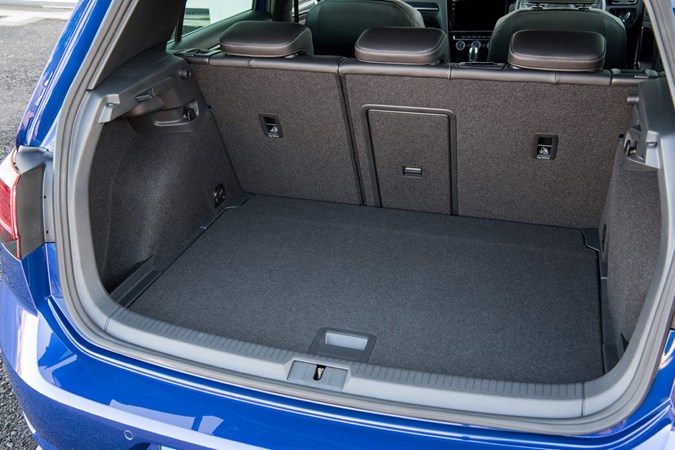
What’s it like to drive?
Regardless of whether you choose a petrol or diesel engine, performance – and efficiency – will be boosted by a turbocharger.
Despite the varying power outputs, all the TDI engines in the Golf are either 1.6- or 2.0-litres in capacity. The smaller 1.6-litre TDI unit was originally launched in 90hp and 105hp guises but later versions produce 115hp. Although outright speed isn’t the name of the game here, both five-speed manual and seven-speed DSG automatic transmission versions can reach 123mph, while the 0-62mph test takes 10.3 and 10.5 seconds, respectively.
Before the Golf was facelifted in 2017, there was a BlueMotion version of the 1.6-litre, with various aerodynamic body aids to help it cheat the wind in its efficiency quest – and the smoothed-over bodywork also helps the top speed increase to 124mph. This is the most fuel-efficient of the diesel Golfs with an official claim of 83.1mpg and CO2 emissions of 89g/km.
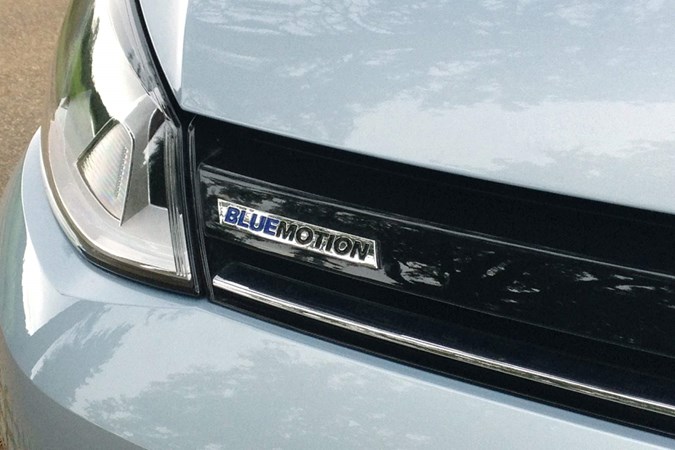
More performance is available with the 2.0-litre TDIs, available with either 150hp and 340Nm of torque or 184hp and 380Nm of torque if you go for the sportier Golf GTD. Both are equipped with a six-speed manual as standard, while post-facelift the optional DSG was been upgraded from six to seven ratios, in line with the rest of the range.
The lower-powered version in manual form can hit 134mph flat out and sprint from 0–62mph in 8.6 seconds (133mph and an identical 0–62mph for DSG-equipped cars), while the GTD raises the stakes to 144mph and 7.5 seconds (143mph and 7.4 for the DSG). Post-facelift, VW added a GTD BlueLine trim alongside the regular GTD for improved efficiency; this somehow still matches the regular versions’ performance.
VW Golf Mk7 petrol engines
Smallest of the turbocharged petrol engines is the three-cylinder 1.0-litre TSI. Post-facelift this offers a choice of 85hp/175Nm or 110hp/200Nm – the former capable of 0–62mph in 11.9 seconds, the latter the same sprint in 9.9 (which makes it slightly faster than the old 115hp version). Top speeds are 112mph and 122mph.
Early cars featured a 1.4-litre TSI unit with 125hp and 200Nm of torque, available from a lowly 1,400rpm. When paired with both the six-speed manual and seven-speed DSG it’ll reach 127mph and get from 0–62mph in 9.1 seconds.
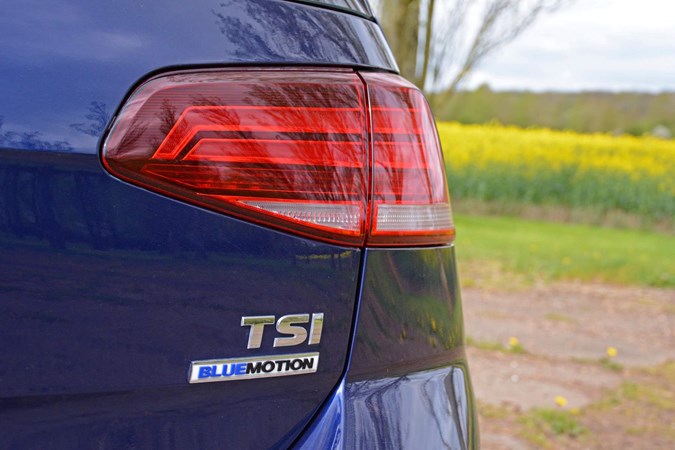
Joining the range mid-2017, the 1.5-litre TSI Evo comes with 130hp or 150hp for greater performance. It can shut-down the engine whenever you’re off the throttle, borrowing technology from the GTE, while the 150hp variant features Active Cylinder Technology (ACT) to switch off just two cylinders under light load.
GTE: the plug-in hybrid option
If you want to be green without sacrificing fun, you will find the plug-in hybrid Golf GTE of interest thanks to its 1.4-litre TSI engine and electric motor combination. It promises GTI-style performance but with far more efficient running costs.
Thanks to the extra shove from the electric motor, the GTE can sprint from 0–62mph in 7.6 seconds – but the electrified portion of the powertrain also allows the car to return a claimed 188mpg, providing you charge the battery regularly. However, after driving the updated GTE we were left slightly disappointed with its noise and performance considering the GT aspect its name. The engine sounds coarse and has to be worked very hard to provide meaningful progress. But, for many, the ultra-low running costs and array of standard kit will more than make up for its dynamic shortcomings.
Handling
The Volkswagen Golf Mk7 has excellent handling. Its low, broad stance combined with sophisticated independent rear suspension arrangement (on all but the lowest-powered variants) minimises the VW’s body roll, making it more agile and consequently more fun than many hatchbacks in this segment to drive.
All Golfs also come with XDS – a feature once reserved for the GTI model. In essence, this electronic system reduces the amount of power being sent to a front wheel that’s losing traction, while through corners it feeds more to the ‘outer’ wheel, increasing stability and speed in the process.
It also works in conjunction with the Electronic Stability Control (ESC) which compensates for any tendency for the Golf to push wide through bends (understeer), making handling more precise and neutral.
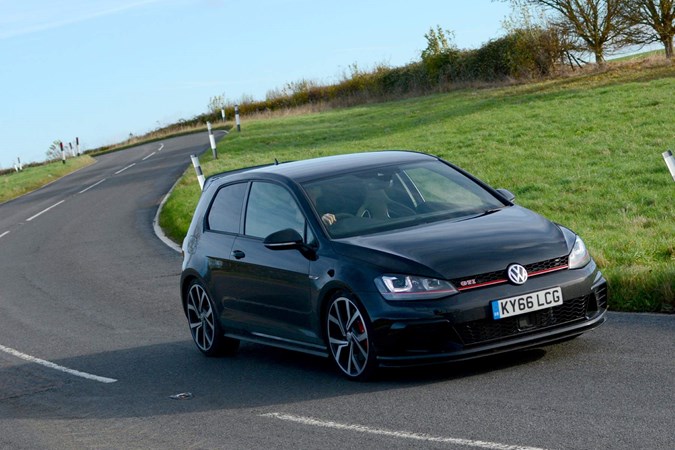
The Golf is also fitted with a variable ratio steering system that responds differently depending on your speed. It makes town driving a doddle and parking easier by turning the wheels more for a given input at the steering wheel. There are also different driver modes to vary the weighting. It feels a tad artificial at slow speeds, but it weighs up progressively as speed increases.
Grown-up handling for Volkswagen Golf GTE
We weren’t particularly enamoured with the GTE in the handling stakes. You can really feel the extra weight of the batteries in both models and, while you can forgive this in the pure-EV e-Golf – a car that’ll seldom find its way onto an entertaining B-road – in the GTE, this seems a bit of a shame. It lumbers to change direction when compared with the GTI, which seems incongruous given it features a higher performance GTE mode button near the gear lever.
Ownership and running costs
With so many efficient powerplant options, finding a Volkswagen Golf Mk7 with low running costs is a straightforward process. The BlueMotion 1.6-litre TDI diesel is best with a claimed fuel economy of 83.1mpg – though this wasn’t directly replaced as part of the 2017 facelift.
BlueMotion is the way to go with the petrol line-up, too, with up to 47.9mpg claimed for the 1.5-litre TSI Evo under the WLTP test regime, thanks to its ability to completely shut down the engine when you’re backing off the throttle.

Safety
There are no prizes for guessing that Volkswagen Golf Mk7 safety standards were extremely high, with the car being awarded the maximum five stars for its crash-testing performance by Euro NCAP. It’s still a safe place to put your family. That’s partly down to the seven airbags (including one for the drivers’ knees) fitted as standard, but also for the array of other safety devices to be found within the VW.
On top of the usual ESP stability system, the Golf also comes with Automatic Post-Collision Braking which applies the stoppers to a car immediately after an accident, lessening the chance of making contact with other vehicles in the aftermath.
There’s also a Pre-Crash system which tensions seatbelts and closes the gap on opened windows and sunroofs to improve the effectiveness of the airbags if a crash is imminent.
After the 2017 facelift, this autonomous emergency braking system was upgraded to include pedestrian recognition, so it should brake for them, too. A road sign recognition system detects speed limits and displays them on the dashboard, while Light Assist controls the high and low beam output automatically in the face of oncoming traffic. Dynamic Light Assist does the same, but keeps high beam on above 37mph and simply masks the output only where it will potentially disturb other road users.
Read on for the verdict – would we recommend the Golf Mk7 as a used car?



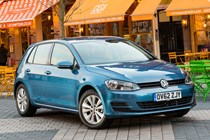

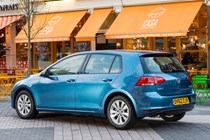


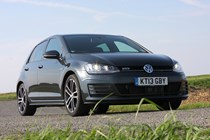
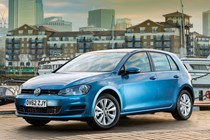

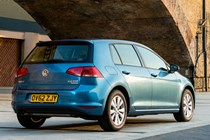
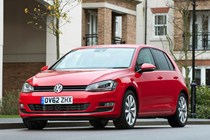


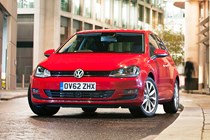
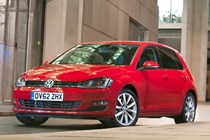
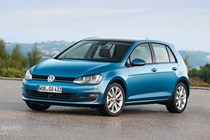
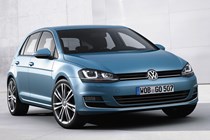
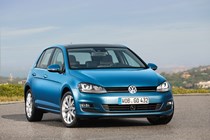
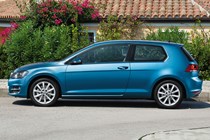

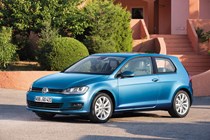
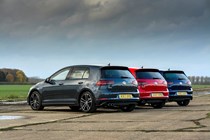
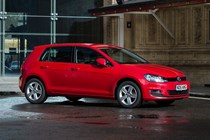
.jpg)
.jpg)
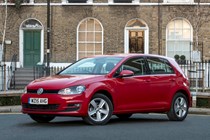
.jpg)
.jpg)
.jpg)
.jpg)
.jpg)
.jpg)
.jpg)
.jpg)

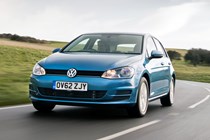

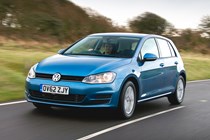


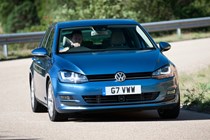
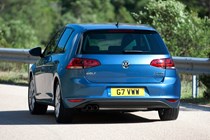

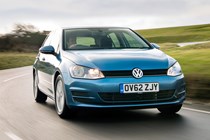
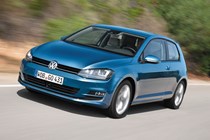

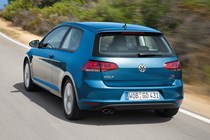
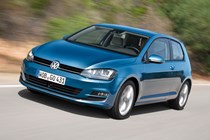
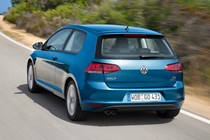

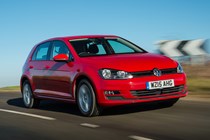
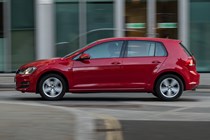
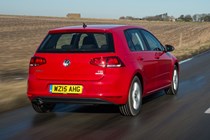
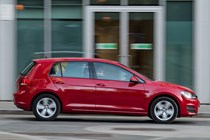
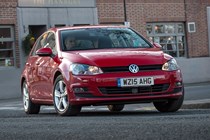

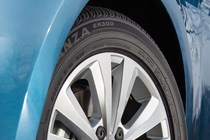

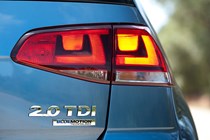
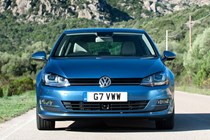
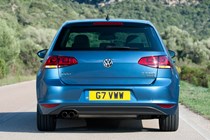
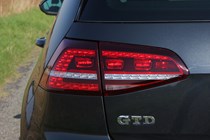
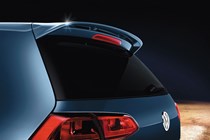
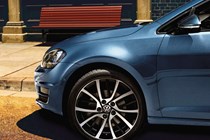

.jpg)
.jpg)
.jpg)
.jpg)
.jpg)
.jpg)
.jpg)
.jpg)
.jpg)
.jpg)
.jpg)
.jpg)
.jpg)
.jpg)
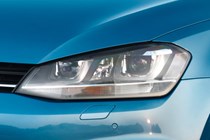
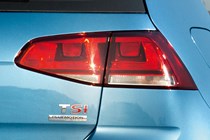
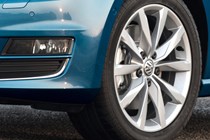

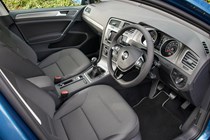



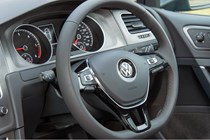
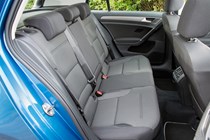
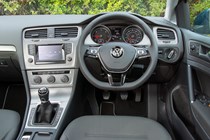
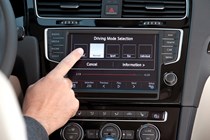

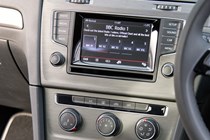
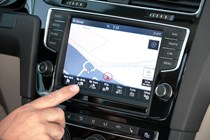

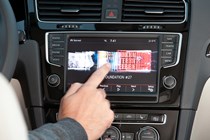
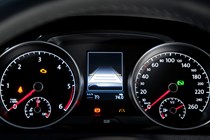
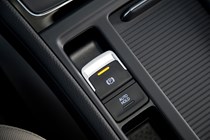
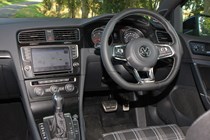


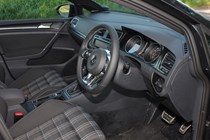
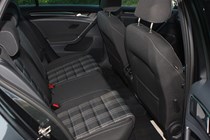
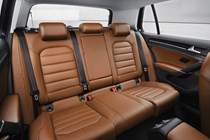
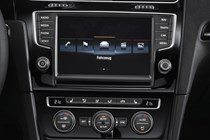
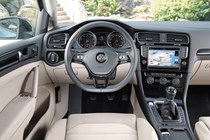
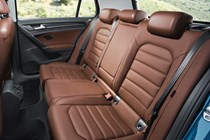
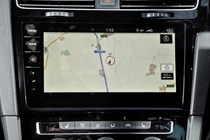
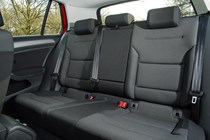
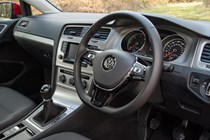
.jpg)
.jpg)
.jpg)
.jpg)
.jpg)
.jpg)
.jpg)
.jpg)
.jpg)
.jpg)
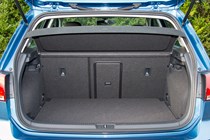
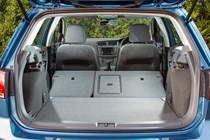
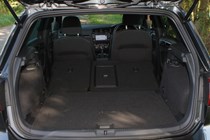
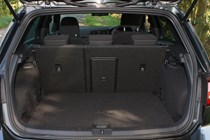
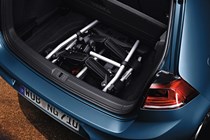
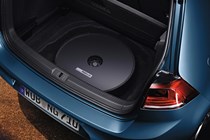
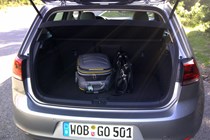
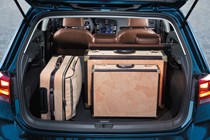
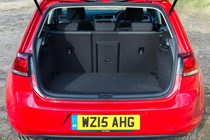
.jpg)
.jpg)
.jpg)
.jpg)
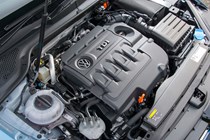
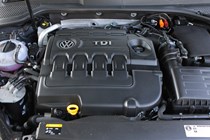
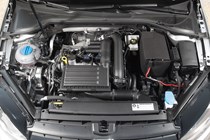
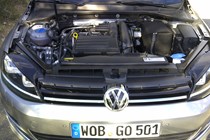
.jpg)
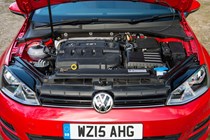
.jpg)
.jpg)
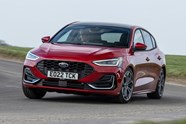
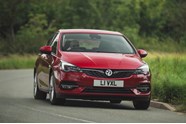
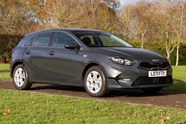























.jpg?quality=50)
.jpg?quality=50)

.jpg?quality=50)
.jpg?quality=50)
.jpg?quality=50)
.jpg?quality=50)
.jpg?quality=50)
.jpg?quality=50)
.jpg?quality=50)
.jpg?quality=50)































.jpg?quality=50)
.jpg?quality=50)
.jpg?quality=50)
.jpg?quality=50)
.jpg?quality=50)
.jpg?quality=50)
.jpg?quality=50)
.jpg?quality=50)
.jpg?quality=50)
.jpg?quality=50)
.jpg?quality=50)
.jpg?quality=50)
.jpg?quality=50)
.jpg?quality=50)































.jpg?quality=50)
.jpg?quality=50)
.jpg?quality=50)
.jpg?quality=50)
.jpg?quality=50)
.jpg?quality=50)
.jpg?quality=50)
.jpg?quality=50)
.jpg?quality=50)
.jpg?quality=50)









.jpg?quality=50)
.jpg?quality=50)
.jpg?quality=50)
.jpg?quality=50)




.jpg?quality=50)

.jpg?quality=50)
.jpg?quality=50)